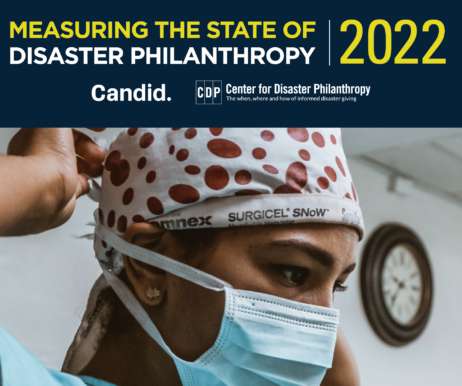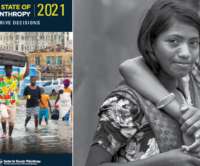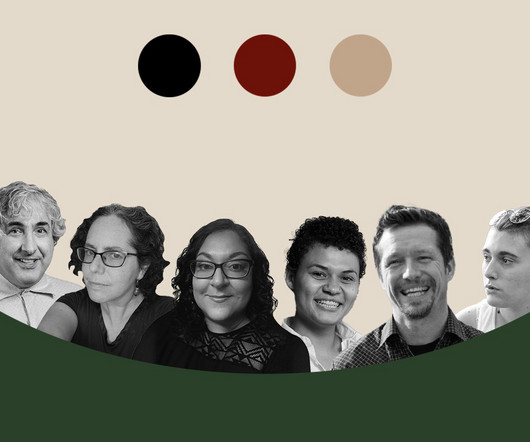What happened in 2020 disaster philanthropy beyond COVID-19?
Candid
NOVEMBER 14, 2022
This year’s Measuring the State of Disaster Philanthropy report, published by the Center for Disaster Philanthropy (CDP) and Candid, tracked roughly $121 billion in aid to date in 2020 across multiple sources—including bilateral and multilateral aid, U.S. federal agencies, donor-advised funds, and giving platforms. Beirut explosion.












Let's personalize your content